

Max Davies
2025 Toyota GR Supra Track Edition review
5 Days Ago
BYD's luxury subsidiary has a premium people mover with both PHEV and EV power. Could this be the Kia Carnival’s worst nightmare?
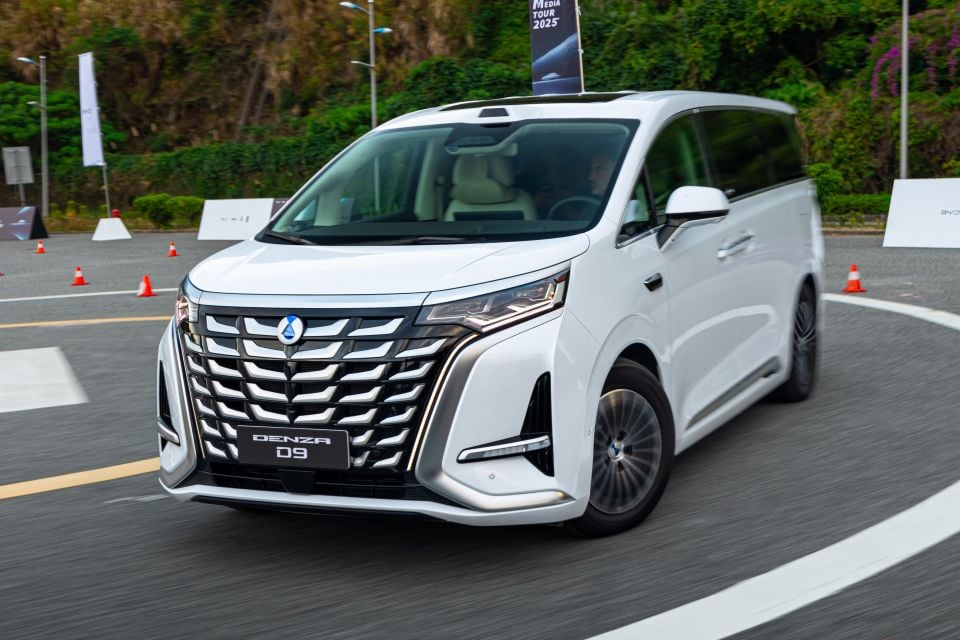
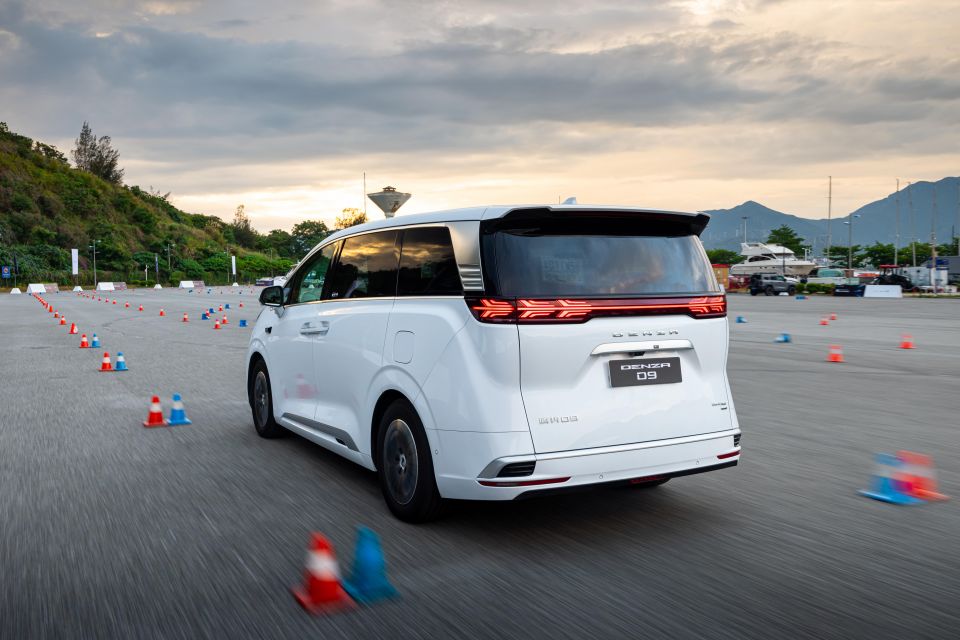

Senior Contributor

Senior Contributor


Senior Contributor

Senior Contributor
Where expert car reviews meet expert car buying – CarExpert gives you trusted advice, personalised service and real savings on your next new car.
Denza is about to go on the hunt for Kia Carnival, Zeekr 009 and Lexus LM buyers.

The luxury offshoot of Chinese mega brand BYD is looking at bringing the D9 people mover to Australia as a luxury offering with some high-tech powertrain options on the table.
At a preview drive in China I tested out the Denza D9 DM-i plug-in hybrid (PHEV), and while it mightn’t look like a cutting-edge option, the powertrain and drive experience were surprising.
There is no confirmation yet that the D9 is coming to Australia, but in China it is priced between 339,800 and 600,600 yuan, or approximately A$72,750 to $128,500.
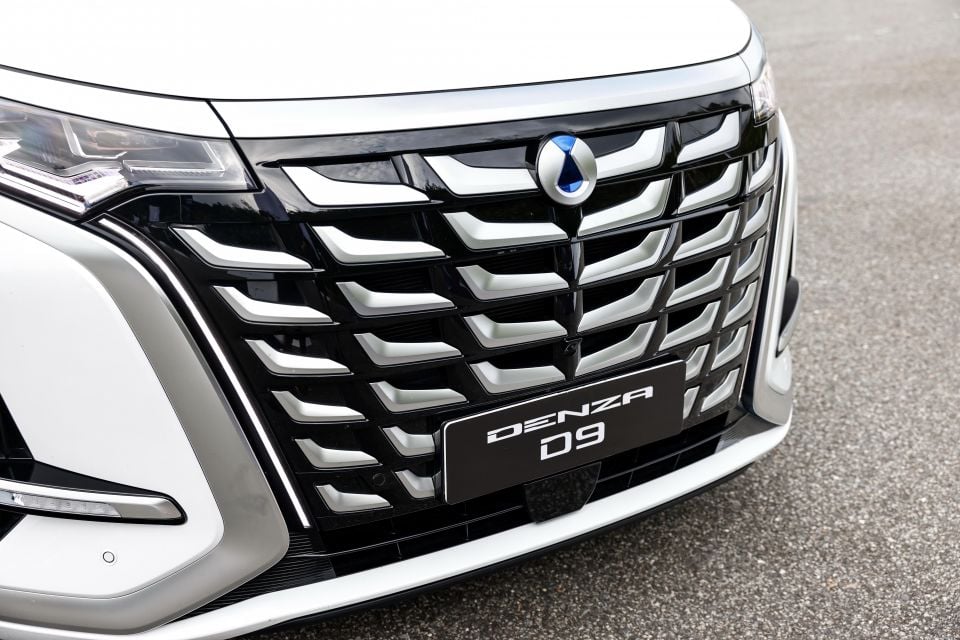
The former pricing is for the DM-i plug-in hybrid model, while the high-end option is the fully electric model. It is understood that, if the D9 was released in Australia, it would be a plug-in hybrid first and foremost, with a limited market for $130,000-pus electric people movers here…
That space is currently occupied by the Zeekr 009, and the LDV Mifa 9 – neither of which have seen significant cut-through or sales volume in Australia. Oh, and the Lexus LM range, which kicks off at $160,000 or so for a plug-free hybrid.
The big-name in the Aussie market, though, is the Kia Carnival, which accounts for more than 80 per cent of all new people movers sold in the market.
But that is the official new-vehicle number, and doesn’t include the grey-import market for Toyota Alphard and Vellfire vehicles – reportedly tallying 599 units in 2024.

That, according to BYD/Denza insiders, could be the market segment that this car will aim at. In other words, above a high-spec Carnival hybrid ($76,630 plus on-roads) but below the aforementioned six-figure electric MPVs.
In China, it has a heap of standard equipment, and comes with a 2+2+3-seat layout with middle-row captain’s chairs.
Have your say in the comments – what should the D9 cost, if it comes Down Under?
Buy your new car without the stress. It's fast, simple and completely free.
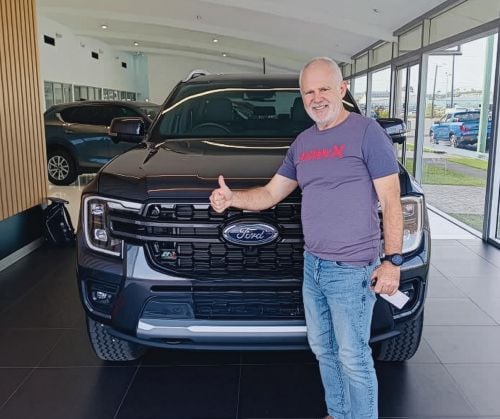
Great service from Travis and team, second time I have used this business would not hesitate to recommend them to anyone
Craig C.
Purchased a Ford Ranger in Sunshine Coast, QLD
CarExpert helped Craig save $7,224 on his Ford Ranger, now let us save you on your next new car.
Get your BEST priceUp front there are screens aplenty.

The driver gets an older-style 10.25-inch instrument display with a heap of at-a-glance information on offer, while the central touchscreen is a decent 15.6 inch unit with a number of key controls managed through it.
There is climate control adjustment for all three rows of seating available through the screen, and handily that part of the menu system stays docked at the bottom as well.
It is a deep tech setup with dozens of menus on offer, but I didn’t have much time to play with it.
The test vehicle had a second 10.25-inch touchscreen for the front passenger, with connected services allowing live streaming (and the back seat screens have that, too).


Thankfully there are numerous useable physical controls as well, including buttons for the sliding rear doors and a number of other features. One that might get a lot of use is the button on the steering wheel to bring up the surround-view camera.
It feels plush and comfortable, but also practical. There are cupholders between the seats, a console storage area, and a hidden shelf below the ‘bridge’ between the seats.
The test vehicle featured down pillows for front and middle-row occupants, and the driver gets a digital camera mirror system to see out the back, as the rear-view mirror can appear crowded with a few faces on board.
Second-row riders are spoiled.
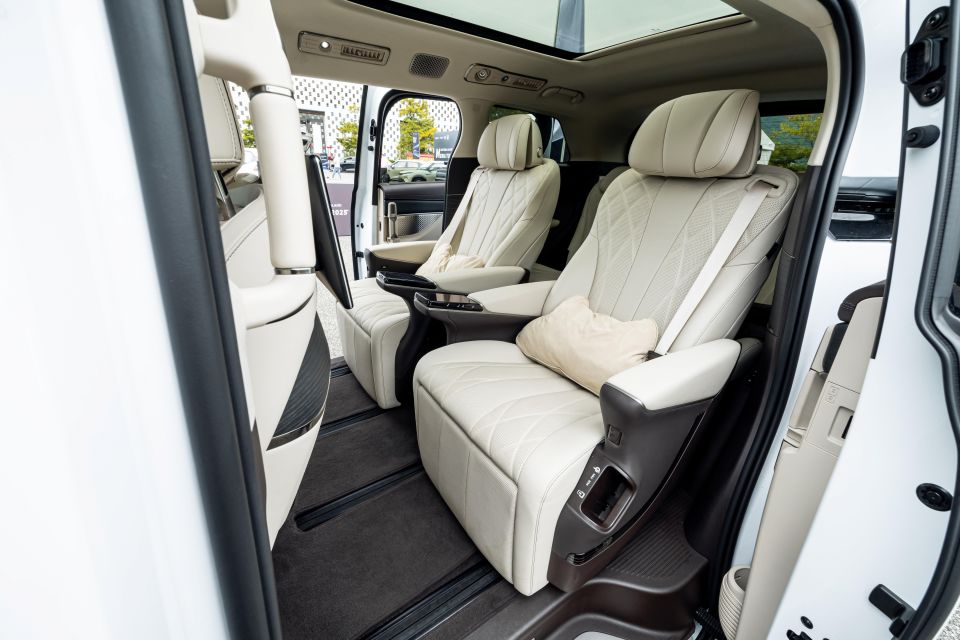
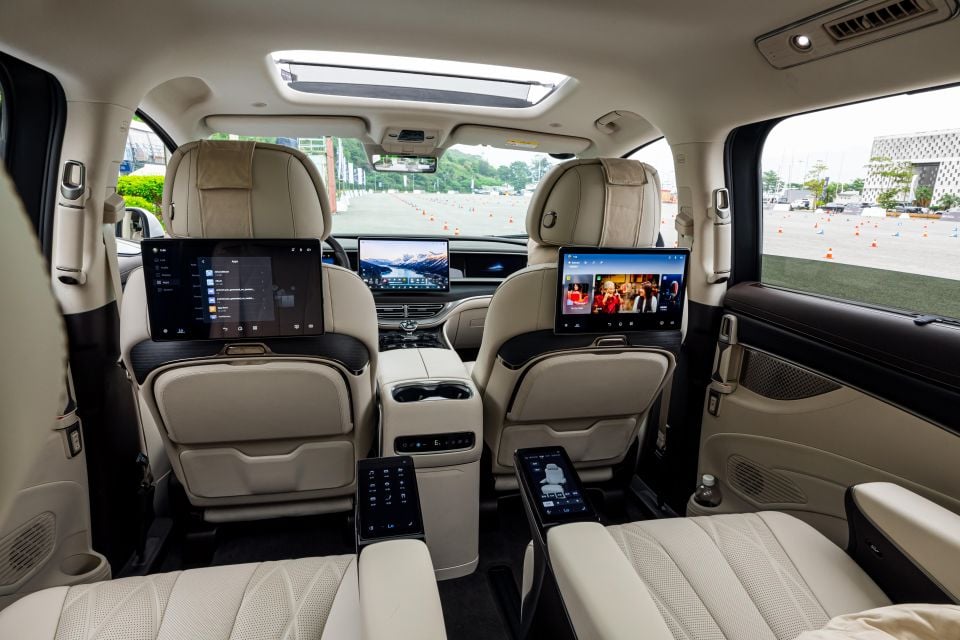
There are 50W wireless charging smartphone docks, USB-C charging ports, and touchscreens to adjust heating, cooling, massage and media settings. It’s a very plush place to sit.
There is a fridge that opens to second-row occupant too, with temperature adjustable between -6°C and +50°C – so you can keep your choccy milks cool or your sausage rolls hot.
There are media screens for rear riders as well, and the overall comfort and entertainment experience is clearly aimed at the two in the middle row of seats.
The biggest concern for potential buyers of this car could be that very seat layout.
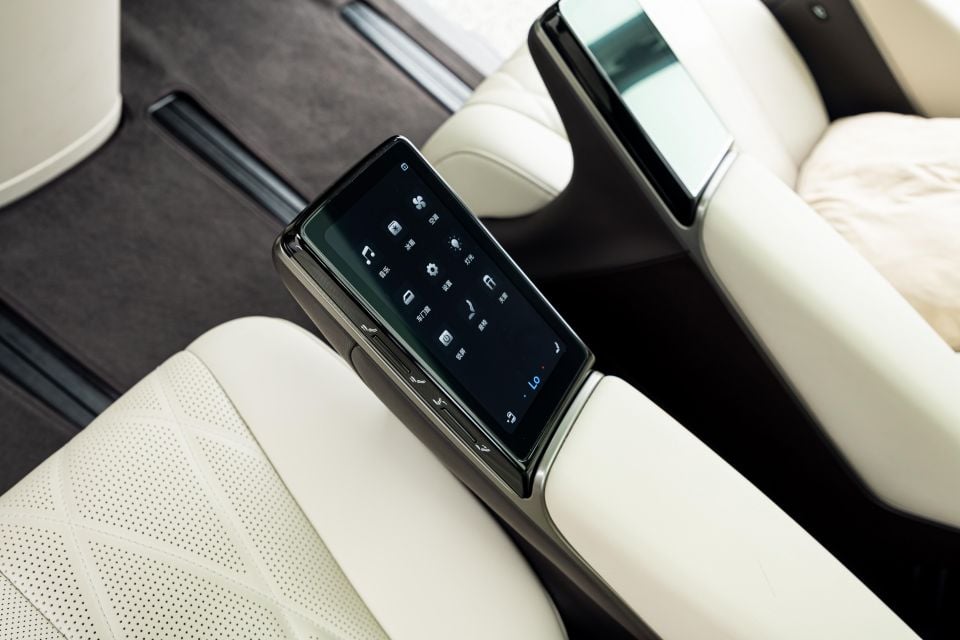
It has a 2+2+3 design, with the centre row seating being focused on luxuriousness rather than outright practicality, and that means those buckets don’t slide forward to allow third-row access.
Instead, you’re expected to (be small enough to) slither between the captain’s chairs to access the very back. It’s manageable, but it certainly makes the slide/fold setup of MPVs like the Carnival seem simply elegant.
Admittedly, no Carnival has the level of plushness the captain’s chairs here have. But I’m not so sure that is as important as easy third-row access.
Once in the very back row, the space is decent but not mindblowing. With the middle-row seating set for me to have a good amount of room, I was a bit cramped in the very back (at 182cm/6’0”).
My knees were just brushing the lovely leather-accented trim and my toes were tightly positioned under the seat, but there are great amenities in the back.

Third-row passengers get things like cupholders (x4), pockets on the middle-row seatbacks (x6), USB-C ports (x2), electric sliding and reclining for the seats, and even third-row seat heating and cooling!
There’s also a flip-down armrest, and it would make a more comfortable six-seater than seven-seater, I’d say. Additionally, there are ISOFIX child seat anchor points in the window seats for both rear rows, and top-tethers, of course, too.
Boot space varies between 390 litres with the third row upright to a claimed 2310L with the rear rows of seating folded away.
Again, it isn’t as cleverly packaged as a Carnival when it comes to the boot area, as those very rear seats cannot be folded down into the floor area, meaning you’ll have to plonk stuff on top if you need to take a lot of stuff with you.
| Dimensions | BYD Denza D9 |
|---|---|
| Length | 5250mm |
| Width | 1960mm |
| Height | 1920mm |
| Wheelbase | 3110mm |
| Cargo capacity | 390-2310L |
Here are the specs of the Denza D9 DM-i, which is the model we had a chance to test… which probably wasn’t by accident.

| Specifications | BYD Denza D9 PHEV |
|---|---|
| Engine | 1.5L 4cyl turbo-petrol PHEV |
| System outputs | 299kW / 681Nm |
| Battery | 40.06kWh BYD Blade LFP |
| Transmission | e-CVT |
| Drive type | Dual-motor AWD |
| 0-100km/h (claimed) | 7.9 seconds |
| Electric driving range (claimed) | 190 kilometres – NEDC |
| Combined driving range (claimed) | 1040 kilometres |
| DC charging capacity | 80kW |
And if you’re curious, here are the EV version’s specs:
| Specifications | BYD Denza D9 EV |
|---|---|
| Drivetrain | Single- or dual-motor electric |
| Battery | 103.36kWh BYD Blade LFP |
| Power | 275kW |
| Torque | 470Nm |
| Drive type | FWD or AWD |
| 0-100km/h (claimed) | 6.9 seconds |
| Claimed range | 620 kilometres – CLTC |
| Max DC charge rate | 166kW |
Which would you be keener to see here? Have your say in the comments.
My drive of the D9 was brief, so this part of the review will be, too.

What I learned after a couple of laps of a carpark with a marked course and hundreds of witches hats was that this is a better handling thing than you’d think. It’s a 2.7-tonne bus after all, but it hustles.
With a MacPherson front suspension setup and multi-link rear-end with adaptive damping, there was a level of driveability that I wasn’t expecting from the D9.
Of course it exhibits some body roll – in fact, it exhibits a lot of body roll. But the way that it ties corners together is impressive, with steering that is involving and direct, with trustworthy responsiveness.
I had more fun than I expected to while pushing it through a slalom and attempting some tighter twists and turns.

And the powertrain is superb, too. With a strong surge of torque from the electric motors at low speeds, the petrol engine kicks into life at about 70km/h, making for strong continued progress as pace climbs.
There is a positive feel to the brake as well, despite it possessing a less aggressive regenerative braking system than you might expect – there’s no single-pedal driving option.
I didn’t really attempt any parking manoeuvres, but the camera and sensor array made me feel confident it would be a simple thing to pilot into a spot, despite its size.
Full specs and details aren’t known yet, but below is a guide as to what the Chinese-spec model has.
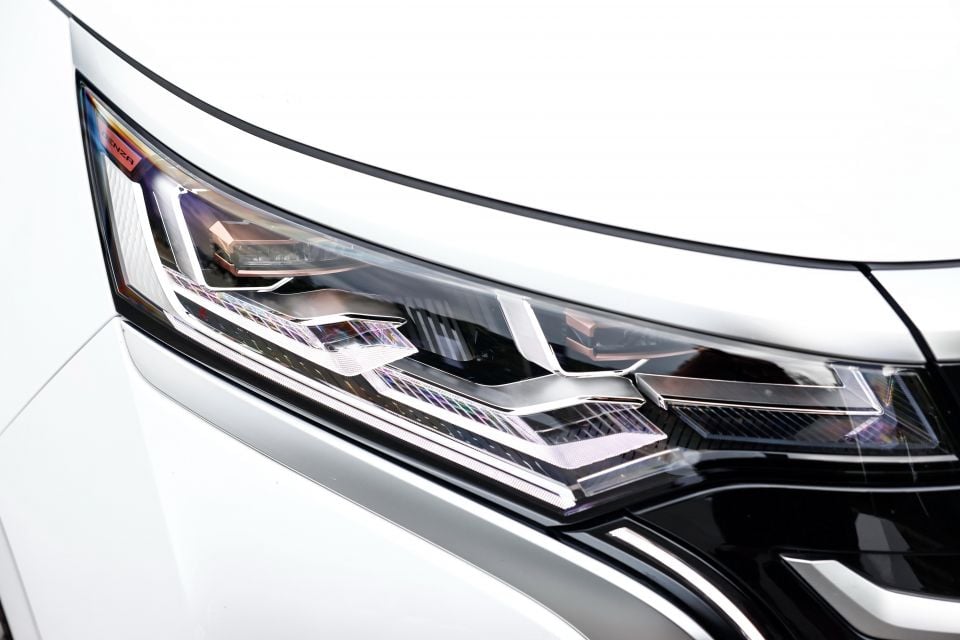
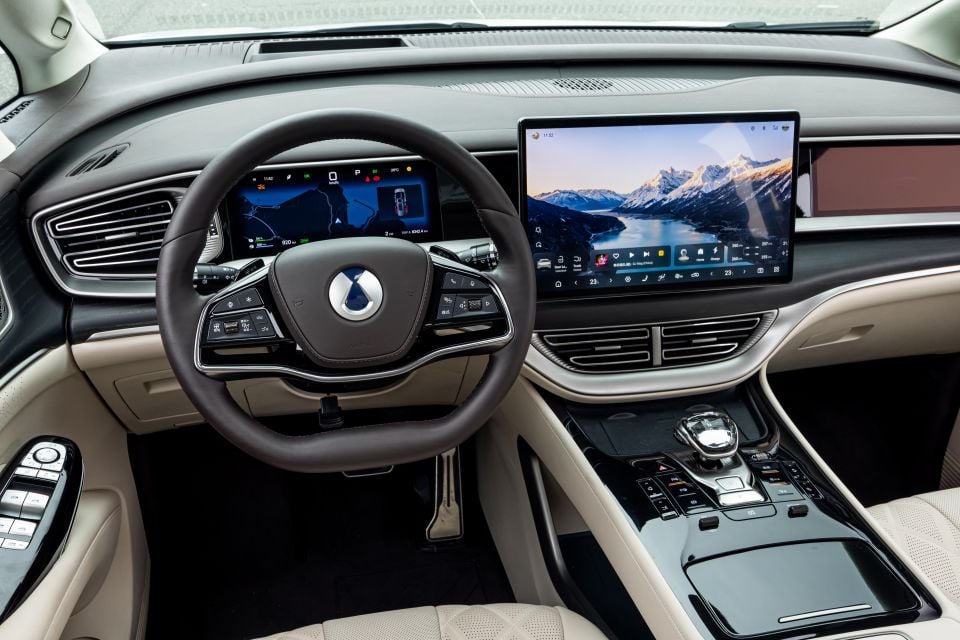
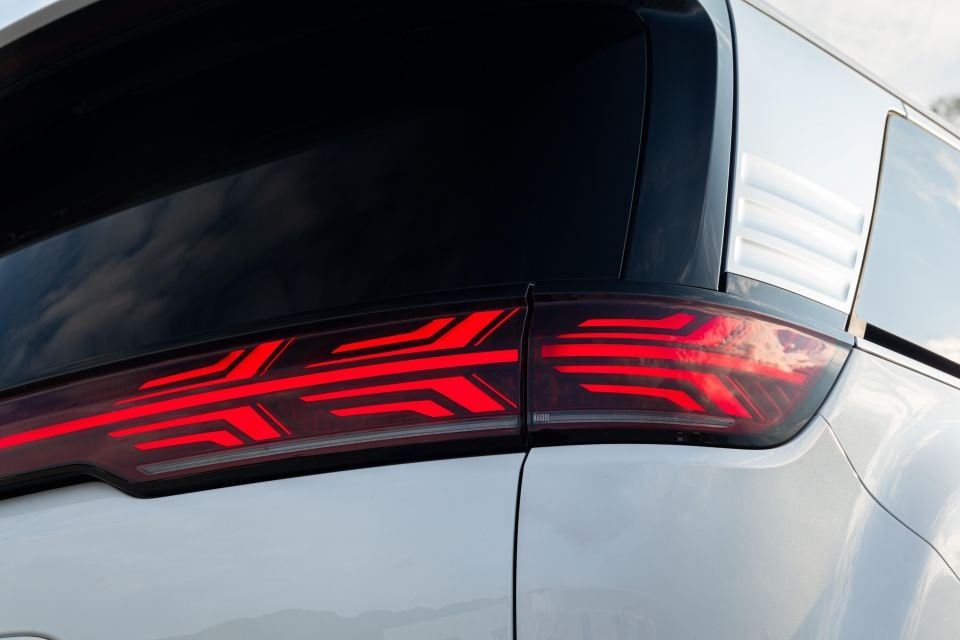

2025 Denza D9 equipment highlights:
The Denza D9 has a heap of standard safety gear fitted, as you’d expect – but it hasn’t been tested by ANCAP or Euro NCAP, naturally.
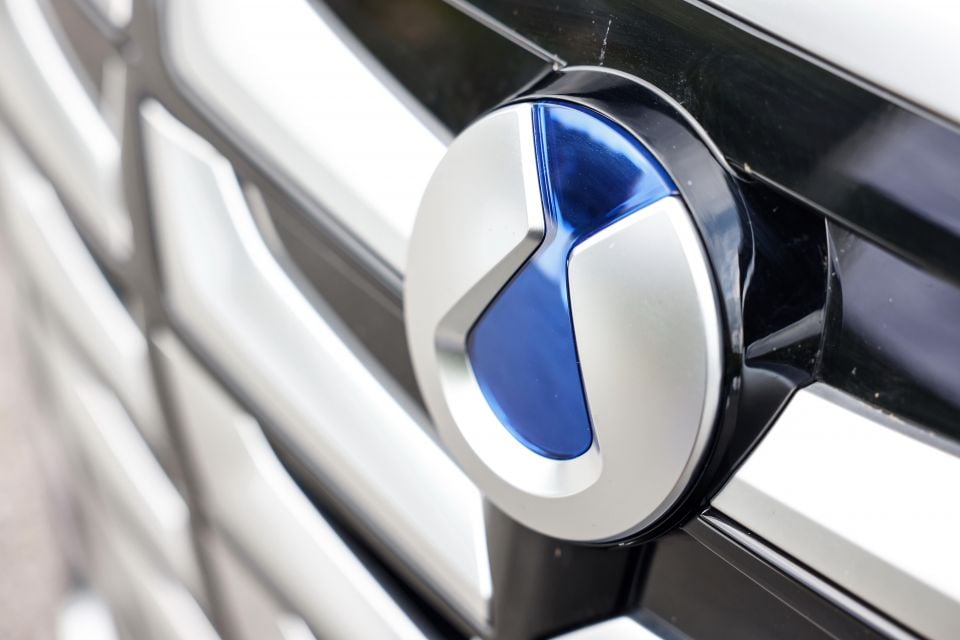
Where expert car reviews meet expert car buying – CarExpert gives you trusted advice, personalised service and real savings on your next new car.
It runs the DiPilot 300 ADAS system, with the following sensors included:
It also has dual front, driver’s knee, front side, rear side, and full-length curtain airbags.
It is expected that Denza will hit our market with a strong warranty offering – possibly mirroring that of parent company BYD at six years or 150,000km.

Battery pack warranty will be eight years, as is the industry standard. Servicing details and roadside coverage are yet to be determined.
Buy your new car without the stress. It's fast, simple and completely free.

Great service from Travis and team, second time I have used this business would not hesitate to recommend them to anyone
Craig C.
Purchased a Ford Ranger in Sunshine Coast, QLD
CarExpert helped Craig save $7,224 on his Ford Ranger, now let us save you on your next new car.
Get your BEST priceThe Denza D9 is a plush and premium feeling people mover.

It perhaps isn’t as practical as a Kia Carnival, but it has a plug-in hybrid system that sets it apart.
Should it make its way Down Under with competitive price positioning, the Denza D9 could be very intriguing for families and fleet customers alike.
Click the images for the full gallery
MORE: Everything BYD
Where expert car reviews meet expert car buying – CarExpert gives you trusted advice, personalised service and real savings on your next new car.
Matt has more than a decade of experience in automotive journalism, and loves exploring the pros and cons of new cars, delving into deep-dive industry stories, and going for a drive just for the fun of it.


Max Davies
5 Days Ago
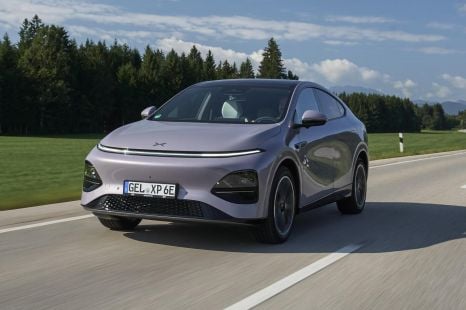

Neil Briscoe
4 Days Ago
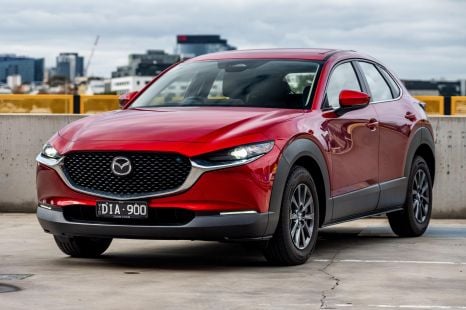

Max Davies
3 Days Ago


James Wong
1 Day Ago
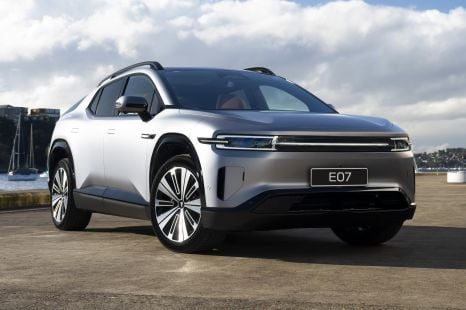

William Stopford
1 Day Ago


William Stopford
7 Hours Ago